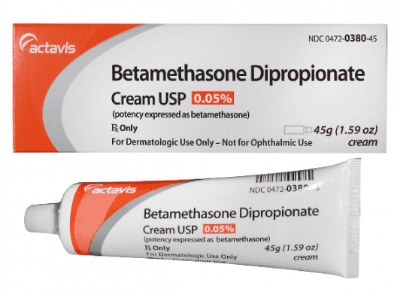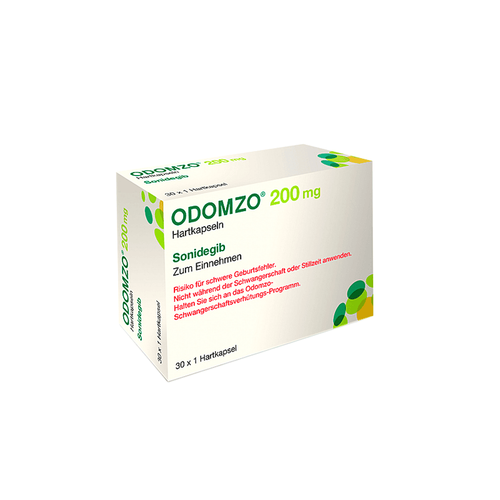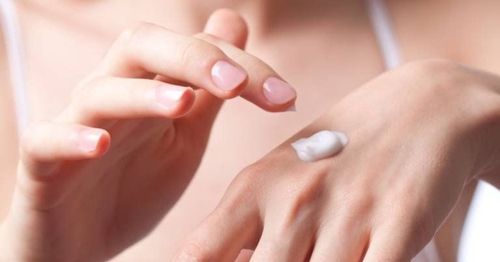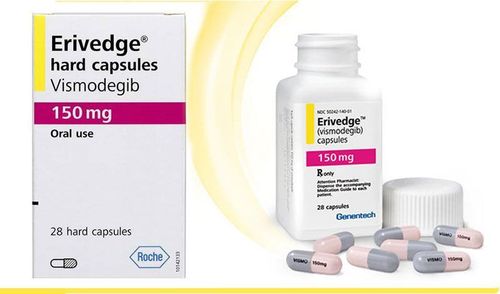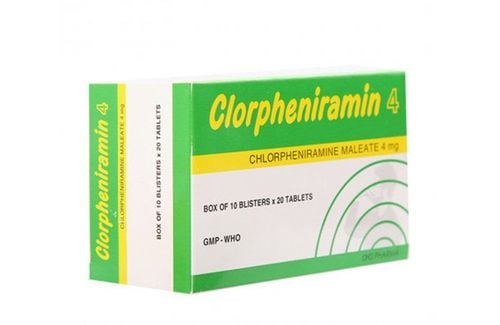This is an automatically translated article.
Article by Master, Doctor Mai Vien Phuong - Gastrointestinal endoscopist - Department of Medical Examination & Internal Medicine - Vinmec Central Park International General Hospital.
Nodules on the skin can vary in shape and number, depending on the cause of the disease. They can be the same color as your skin or a different color, they can be itchy, large or small. Some nodules are hard, while others feel it soft and movable.
1. Overview of skin nodules
Skin raised bumps are a very common problem and in most cases they are harmless. Skin nodules can be the result of a number of conditions, including infections, allergic reactions, skin disorders, and skin cancer.
Skin nodules can vary in shape and number, depending on the cause. They can be the same color as your skin or a different color, they can be itchy, large or small. Some nodules may be hard, while others feel soft and movable.
Most skin nodules do not require treatment. However, you should talk to your doctor if the swelling is bothersome.
2. Picture conditions that cause skin nodules Many conditions can cause skin nodules. Below are common possible causes.
2.1. Skin nodules can be acne

Usually located on the face, neck, shoulders, chest and upper back Skin breakouts including blackheads, whiteheads, pimples or cysts and painful deep nodules May cause scarring or darkening of the skin if untreated 2.2. Cold sores Red, painful, fluid-filled blisters that appear near the mouth and lips The affected area will often tingle or burn before the sores appear Outbreaks may also be accompanied by symptoms flu-like symptoms such as mild fever, body aches, and swollen lymph nodes.

2.3. Calluses
Small circles on thick skin with an area of hard tissue in the middle resembling a horn, causing pain. Usually found on top and sides of toes and soles Caused by friction and pressure.

2.4. Excess skin
grows up to 12mm in length Same color as your skin or a little darker Usually found near neck, armpits, breasts, groin, stomach or eyelids

Impetigo is common in infants and children Rash usually appears around the mouth, chin, and nose An uncomfortable rash and fluid-filled blisters that come off easily and form a honey-colored crust.

2.6. Molluscum contagiosum Bumps may appear on a patch Small, glossy and smooth Flesh color, white or pink Firm and dome-shaped with a dent or dimple in the center.

2.7. Lipoma
Soft to the touch and moves easily if you press on it with your fingers Small, just below the skin and pale or colorless Usually located in the neck, back or shoulder Pain only if it develops into a nerve.

2.8. Skin nodules can be cysts
Slow growing bump under the skin with a smooth surface May be large or small and usually painless Usually not a problem unless infected, very large or growing in a sensitive area Some cysts develop grow so deep inside your body that you can't see or feel them.
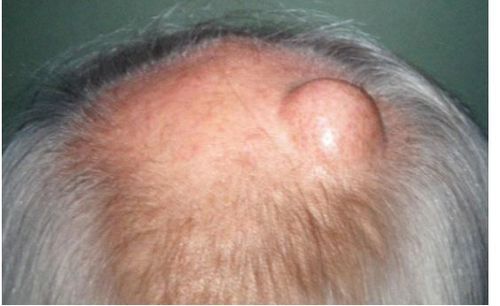
2.9. Warts
Caused by many different viruses, also known as human papillomavirus (HPV) Can be found on the skin or mucous membranes May occur singly or in groups Highly contagious and can be passed on to others.

2.10. Active keratosis
Usually less than 2 cm or the size of a pencil eraser Thick, scaly or scaly skin Appears on parts of the body that get a lot of sun exposure (hands, arms, face , scalp and neck) Usually pink but can be brown, tan, or gray.

2.11. Basal cell carcinoma
Raised, firm, and pale areas of skin that may look like scars Dome-like, pink or red, shiny and pearly areas may have a central concave, crater-like center blood vessels are visible on the growth Bleeding or exuding a wound that doesn't seem to heal or heals and reappears. 2.12. Squamous Cell Carcinoma Squamous cell carcinoma most often appears on areas exposed to UV rays, such as the face, ears, and backs of the hands. Patches of scaly, slightly red skin that progress to raised bumps and continues to grow Growth that bleeds easily and does not heal, or heals and then reappears 2.13. Melanoma This is the most serious form of skin cancer, more common in white people Mole anywhere on the body with irregularly shaped edges, asymmetrical shape, and multiple colors Nodules flies that have changed color or become larger over time 2.14. Boils that cause skin nodules Bacterial or fungal infections of hair follicles or oil glands Can appear anywhere on the body, but are most common on the face, neck, armpits, and buttocks Red bumps, painful, raised, yellow or white center May break and drain. 2.15. Contact dermatitis Inflammation of the skin that appears hours to days after coming into contact with an allergen A rash that has a clear outline and appears when your skin touches the irritant Itchy, red, scaly, or rough skin Blisters that ooze or crust over.

2.16. Angiomas
Common skin growths can occur anywhere on the body, but are more likely to appear on the trunk, arms, legs and shoulders More common in people over the age of 30 Round or oval spots small, bright red, may be raised or smooth and bleed if rubbed or scratched They are usually harmless but may require removal if in problem areas. 2.17. Keratosis pilaris Keratosis pilaris is a common skin condition most commonly seen on the arms and legs, but can also occur on the face, buttocks, and trunk Usually resolves on its own by the age of 30 Patches of skin are rough, red, and tender Rough feeling May get worse in dry weather. 2.18. Seborrheic keratosis
Common, harmless skin growth commonly seen in older adults May be located anywhere on the body except the palms of the hands and soles of the feet Round, oval, colored growths Dark Tall and bumpy like wax.

2.19. Chicken pox
Chickenpox is a condition in which clusters of itchy, red, fluid-filled blisters appear in various stages of healing throughout the body Rash accompanied by fever, body aches, sore throat and loss of appetite Continues to spread to until all blisters scab 2.20. MRSA (staph) infection
An infection caused by a type of Staphylococcus , bacteria that are resistant to many different antibiotics Causes infection when it enters through a cut or scratch in the skin Skin infections often look like a spider bite, with a red, swollen, painful, and possibly pus-filled pimple that needs to be treated with strong antibiotics and can lead to more dangerous conditions like cellulitis or a blood infection. 2.21. Scabies
Symptoms can take 4-6 weeks to appear An extremely itchy rash, which may blister, form small or scaly blisters. 2.22. Strawberry hemangioma

Red or purplish raised marks usually on the face, scalp, back or chest Appears at birth or in very young children Diminish or disappear as the child gets older In summary, there are many causes of skin nodules skin, they can be the same color as your skin or a different color, they can be itchy, big or small. Some nodules are hard, while others feel it soft and movable. Most skin nodules do not require treatment. However, you should talk to your doctor if the swelling is bothersome.
Please dial HOTLINE for more information or register for an appointment HERE. Download MyVinmec app to make appointments faster and to manage your bookings easily.
References:Healthline. raised-skin-bump Other benign skin growths. (n.d.). hopkinsmedicine.org/healthlibrary/conditions/dermatology/other_benign_skin_growths_85,p00301/ Pediatric benign skin growths and pigmentation disorders. (n.d.). childrensnational.org/choose-childrens/conditions-and-treatments/skin-disorders/benign-skin-growths-and-pigmentation-disorders Types of skin cancer. (n.d.). aad.org/public/spot-skin-cancer/learn-about-skin-cancer/types-of-skin-cancer





